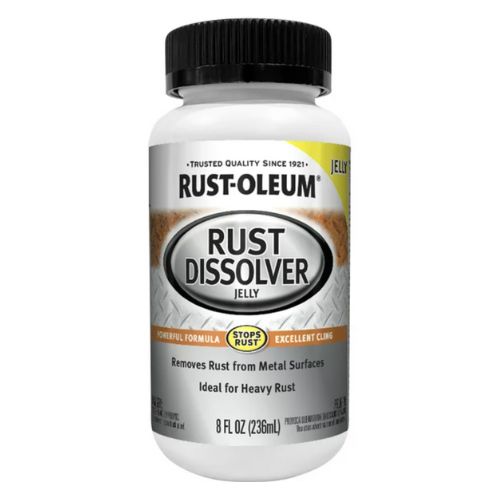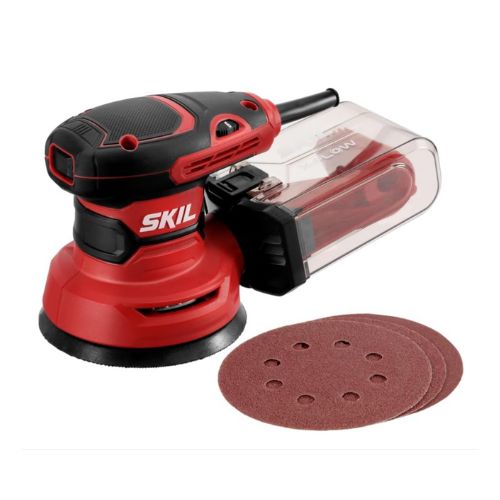How to remove rust from metal garden furniture – pros share the best, quickest methods
Some elbow grease and these expert tips will transform weather-worn pieces in time for spring


No matter how careful we are, our garden furniture is almost always exposed to some level of moisture over the winter months – and, as we all learned in chemistry, iron, oxygen, and moisture react to make iron oxide. Rust needn't be an eyesore tarnishing our best outdoor furniture, and it can often be removed with homespun techniques using things you have in your kitchen cupboard.
Before getting rid of those patio chairs covered in a layer of reddish-brown rust, we would always recommend taking steps to revive them, as it saves money on a new set, reduces waste, and a little patina brings a touch of French country garden character anyway.
Below, we have shared a simple step-by-step guide on how to remove rust from metal garden furniture. Whether you have a rusty wrought iron patio loveseat or need to remove rust from stainless steel, we've got you covered.

How to remove rust from metal garden furniture
As well as being unsightly, heavy rust can cause lasting damage, which is why it's important to remove it: 'One of the main concerns with rust is it undermines the structural integrity of the metal, and once started it can grow both outward and down into the metal,' says David Klintworth from Duck Power Wash.
'To stop this process we need to chemically remove any remaining rust before painting to stop the oxidation process.'

David Klintworth set up Duck Power Wash when he realized that there was a niche for high-quality exterior cleaning in the Greater Columbia Area and a clientele that appreciates a high level of professionalism and quality care. He has a Bachelor's in business management and lives in Columbia, South Carolina.
Assess the situation
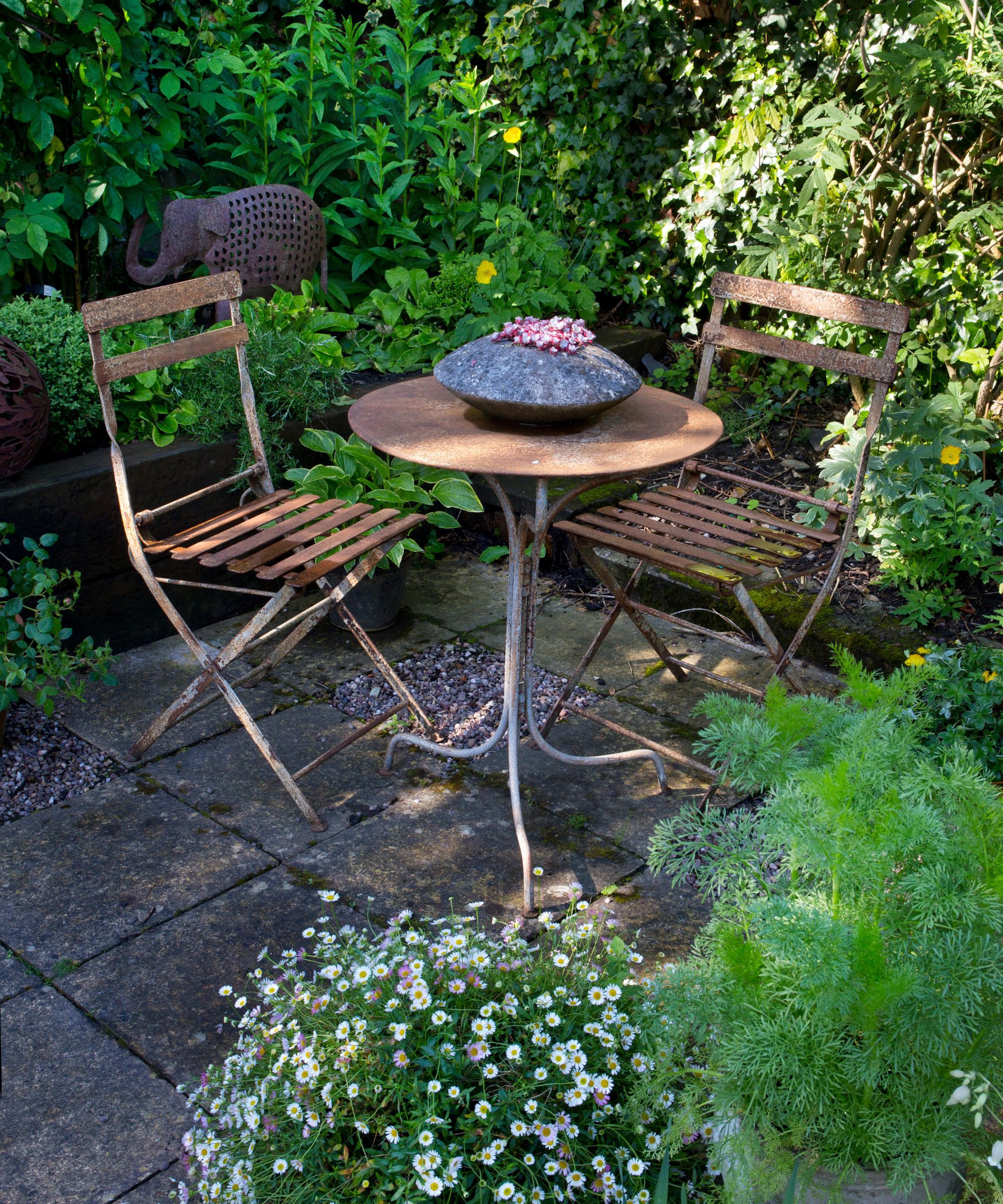
Before you begin, Ryan Calvert, product expert at Hiatt Hardware recommends inspecting your garden furniture closely. If there is only a small amount of rust, cleaning your outdoor furniture thoroughly might be enough to revive it. 'If you notice rust, it’s crucial to address it promptly,' he advises.
Step by step to cleaning rust from metal furniture
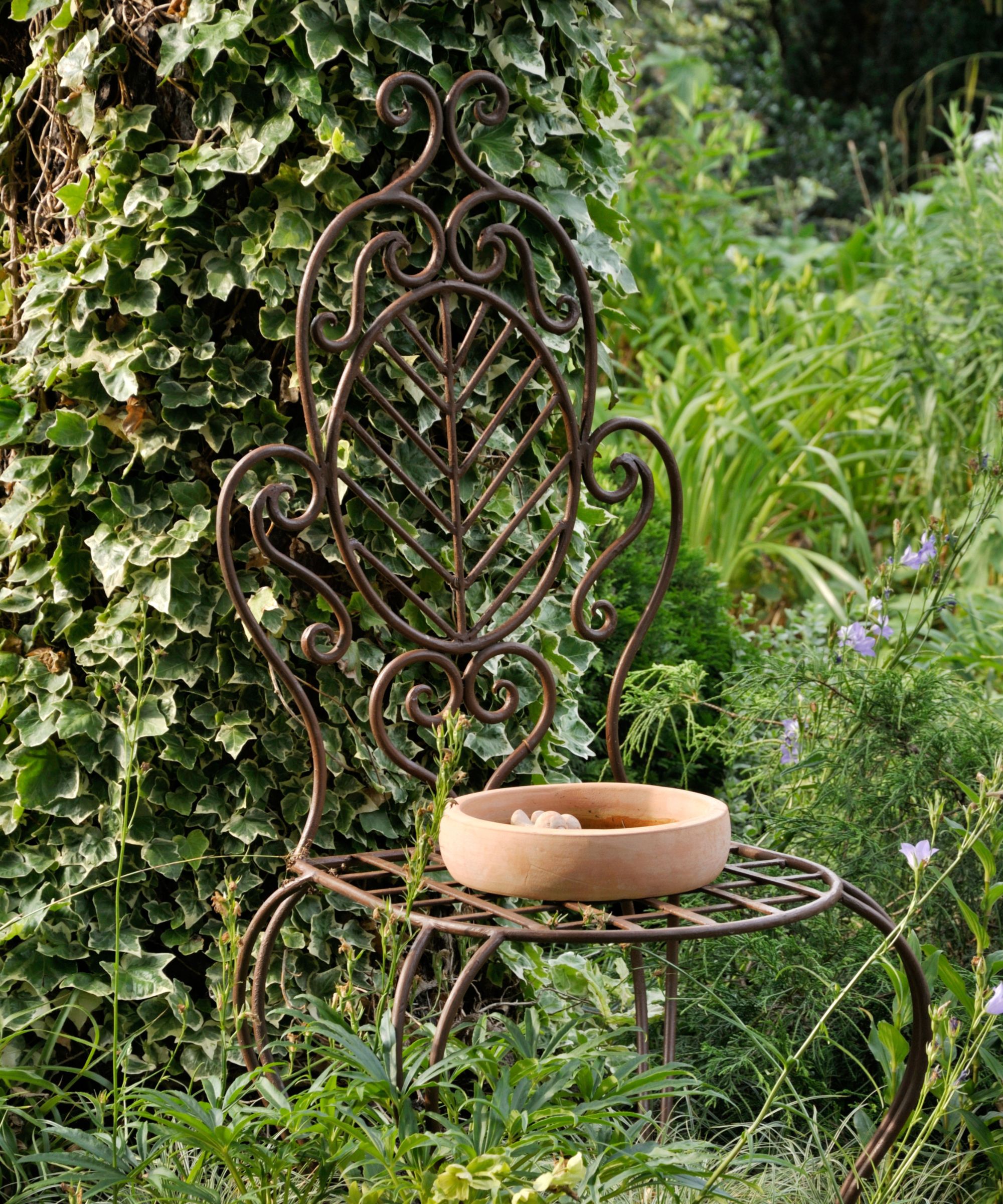
1. Brush and wipe down surfaces
First, remove any grime, dirt, loose rust, and peeling paint with a stiff brush. Ryan Calvert recommends using a brush with wire bristles, available at Amazon, and taking the time to get into every crevice and detail.
Design expertise in your inbox – from inspiring decorating ideas and beautiful celebrity homes to practical gardening advice and shopping round-ups.
'Next, clean the furniture with a mixture of dish soap and warm water, using steel wool or a product such as Brillo pads, at Amazon, to gently scrub to remove finer, more stubborn dirt and blemishes. Then, wipe down with a clean cloth and allow to dry naturally,' says Ryan. The good news is most of the tools you'll need for this step are inexpensive and likely to be knocking around in your cleaning cupboard.
2. Smooth over rougher patches
Your garden furniture should now be looking considerably better, but there may still be some areas of rougher rust. Smooth this down with a sanding block – use a 60-grit block, at Amazon, for heavy rust and a 120-grit block, also at Amazon, for lighter rust.
'For very heavily rusted surfaces, an electric sander may be beneficial. They're relatively affordable and useful for a number of furniture renovation or home DIY projects,' adds Ryan.
3. Apply a direct-to-rust paint
For the best results, Ryan Calvert recommends painting garden furniture with direct-to-rust paint, available at DIY stores. This type of paint serves as both a primer and a rust converter. Rust conversion chemically transforms residual iron oxide into an inert substance, preventing further corrosion. Ensure surfaces are evenly covered and allowed to dry thoroughly before applying a second coat.
Now your furniture has been restored, consider sprucing it up with some new outdoor pillows, available at Target, to add texture, pattern, and comfort to your outdoor space.
Quick, homespun tricks for removing rust
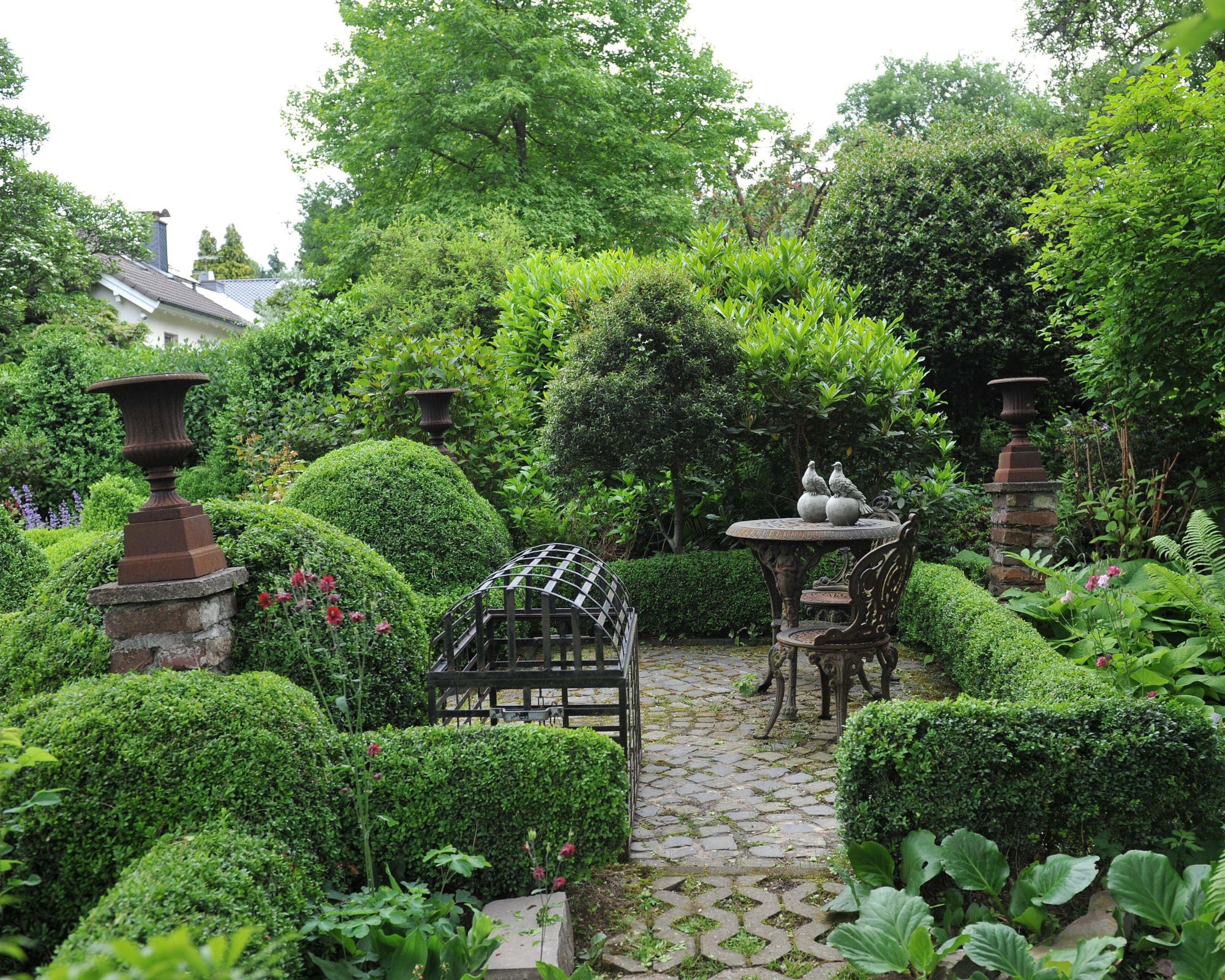
Vanessa Terra Bossart, cleaning expert and owner of eco-friendly cleaning company Sparkling Clean, shares these three rapid rust removal techniques using items in you'll likely have at home:
- Vinegar dip: Give rusty spots a soak in white vinegar for a few hours or overnight. This natural acid helps break down rust, making it easier to scrub away with a wire brush or steel wool.
- Lemon and salt scrub: Harness the power of citrus by rubbing rusted areas with a lemon dipped in salt. The acidity of the lemon combined with the abrasiveness of salt works wonders on stubborn rust.
- Baking soda boost: Make a paste with baking soda and water, then apply it to rusty spots. Let it sit for a few hours before scrubbing away with a brush or abrasive pad.
If you're removing rust from smaller objects, you can also try antique furniture expert Willow Wright's go-to method and give it a salt and vinegar bath: 'Salt and vinegar can be used as a natural and effective method to remove rust from certain objects.'
Willow says that cleaning with vinegar will dissolve the rust, while salt acts as a mild abrasive. 'When cleaning up outdoor furniture, I find that dipping a stiff brush in the vinegar mix and scrubbing the piece is the easiest,' Willow adds. 'For chrome items, crumpled aluminum foil dipped in the solution works wonders.'

Vanessa Terra Bossart is a cleaning expert and the owner of Sparkling Clean in San Francisco. She is believes in nurturing health and well-being through eco-friendly cleaning.
FAQs
Does WD40 remove rust from metal?
WD40 can help to remove rust, but it's not the best method and can make it harder to paint your furniture afterward, as it adheres to the metal and can be hard to remove. 'In my experience, WD40 only helps to remove rust because it penetrates and loosens the rust, but doesn't react chemically in the same way oxalic acid does,' comments David Klintworth from Duck Power Wash.
A mixture of water and oxalic acid can remove rust, but protective clothing and masks must be worn as oxalic acid is harmful to the skin and gives off fumes.
How can I prevent my outdoor furniture from rusting?
Prevention is always better than cure, so avoid the most common outdoor furniture storage mistakes and taking steps to protect garden furniture in winter. The number-one way to stop corrosion is to avoid moisture. Raise furniture off the ground if you can, and check in on items over the winter to stop rust in its tracks.
If rusty chair legs have left marks on the ground, you can read our guide on how to remove rust stains from concrete.
What are the best store-bought rust removers?
'Rust-Oleum Rust Dissolver Gel is perfect for vertical surfaces – this gel clings to your furniture for maximum effectiveness,' says eco-friendly cleaning expert Vanessa Terra Bossart. 'Evapo-Rust Rust Remover is non-toxic and safe for soaking smaller metal parts, it's a go-to for rust removal projects.'
'For your finishing touches, consider your desired aesthetic,' says Ryan Calvert. 'Choosing hammered black paint will give a traditional, Victorian-esque cast iron finish. Or you could opt for classic iron colors, such as dark green or dark red.'

Millie is a freelance writer and qualified interior designer based in Sheffield. She has many years of experience in the world of content and marketing, and previously worked as the head of Solved at Homes & Gardens. Before that, she worked in SEO at News UK in London and New York. She has a first-class degree in French and Italian from UCL and loves to weave decor into her home that reminds her of time spent living and studying in Bologna. Millie believes a clutter-free space that you love coming home every day is the best secret weapon for our well-being.
